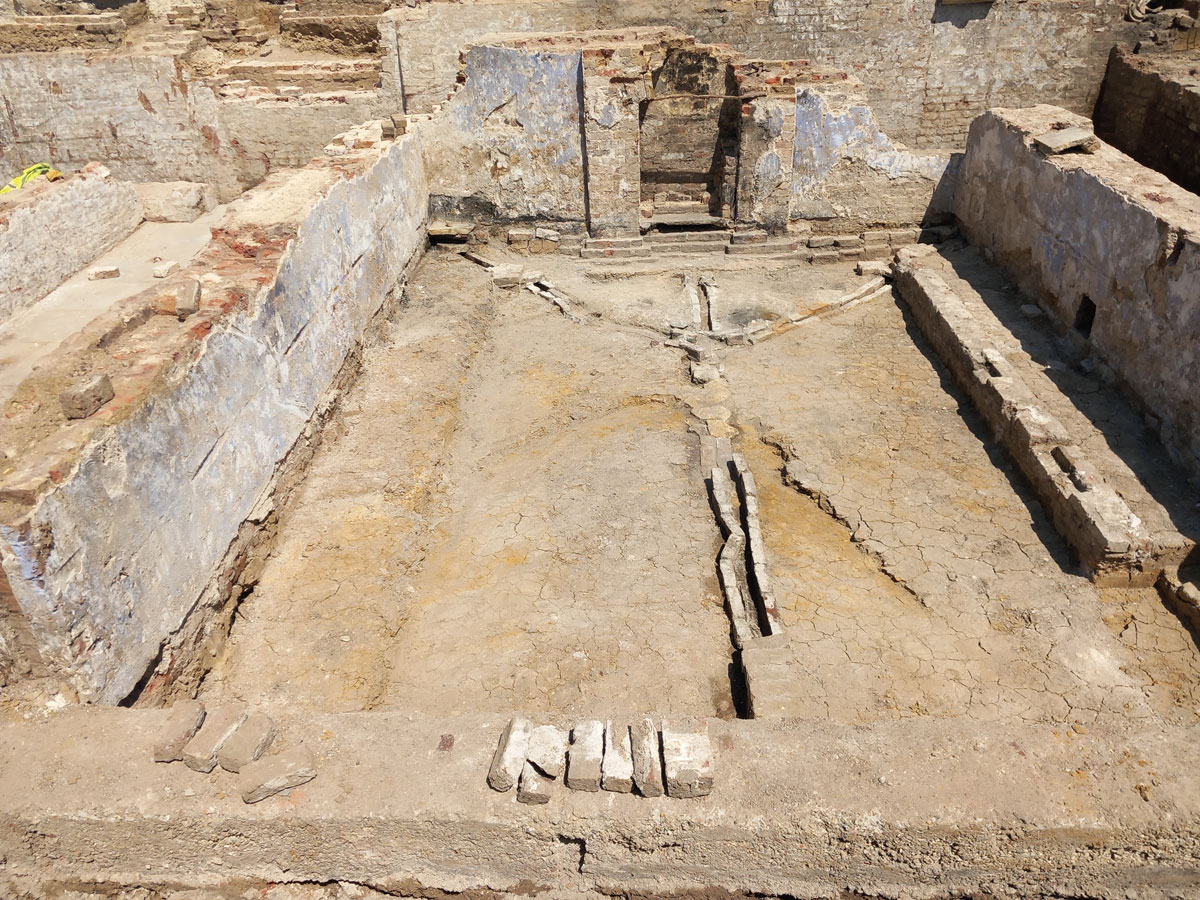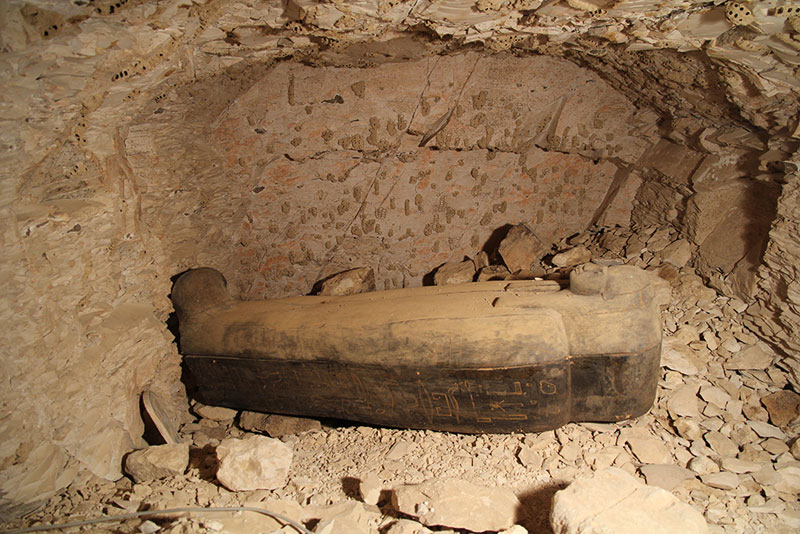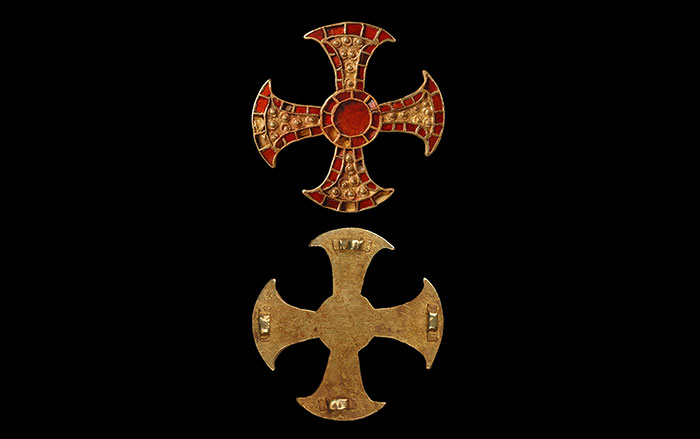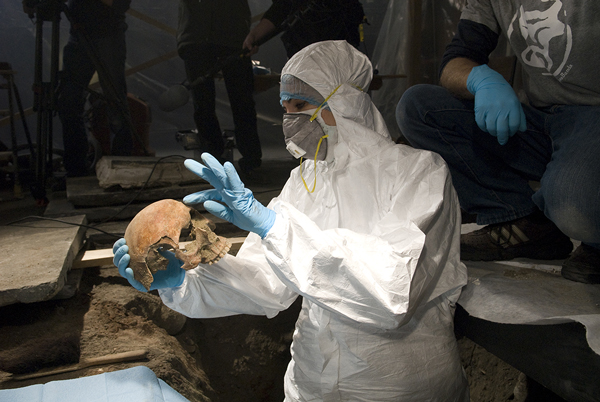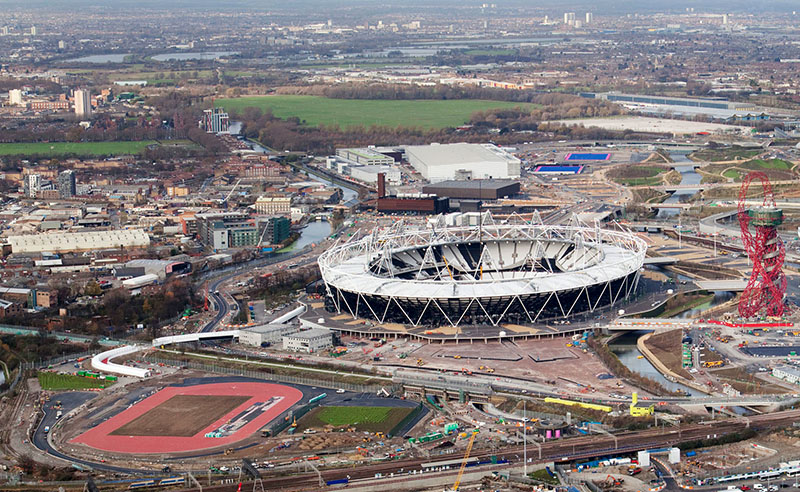

Summer 2012, and the world's greatest athletes are gathering in London for the Olympics. In advance of the Games, a square mile of semiderelict land in East London's Lower Lea Valley has been turned into a fully equipped Olympic Park. This has transformed a run-down industrial district into a leafy urban park containing modern amenities including an athletes' village, basketball arena, and the Olympic stadium. British law decrees that archaeological assessments must be undertaken before such developments, so between 2007 and 2009, the Olympic Delivery Authority (ODA) archaeologists set to work, digging into London's past.
They excavated no fewer than 121 trenches, recovered more than 10,000 artifacts, and revealed evidence of at least 6,000 years of human activity—from the area's first prehistoric hunters and farmers to World War II defense structures. In addition, they recorded all of the site's still-standing historic buildings. Alongside this work, thousands of boreholes were sunk deep into the earth, revealing an environmental and geoarchaeological picture of the area over the past 12,000 years.
Completing the task was herculean. Though lying only three miles northeast of the glitz and glamor of central London, just five years ago this was still a neglected and largely unoccupied area. The archaeologists were faced with dilapidated buildings, general construction waste, and a deep accumulation of eighteenth- and nineteenth-century domestic garbage. Much of this garbage had been imported from nearby areas by people wishing to substantially raise the ground in order to settle on what was then low-lying and marshy land. Added to this, an 1844 act ruled that dangerous and so-called "dirty noxious" industries, such as printing works or chemical manufacturers, had to be moved out of central London. Many relocated here, an area already known for its industry. For the archaeologists, this meant that the ground was often chemically contaminated, waterlogged, or indeed both.

Handheld trowels and shovels would not suffice. Simply to break through the layers of city detritus, heavy construction equipment operators removed several hundred tons of soil for each trench, often to a depth of around 15 feet, and in one location, almost 30 feet. Only after the operators got past this recent debris could the team begin to explore the earlier archaeology. This was a mighty task. To avoid any risk of collapse under the weight of the surrounding land, the trenches had to be stepped down, with large trenches at the top narrowing to relatively small areas at the base. "Where trenches were particularly deep, we often had to further secure their sides using steel supports," explains Gary Brown, fieldwork project manager of Pre-Construct Archaeology. Once the sites were safe, the diggers were kitted up with protective equipment, including disposable overalls, gloves, rubber boots, protective glasses, and even face masks.
Digging in London, with its long and complex history, is always difficult and time-consuming, and these excavations were certainly no exception. However, the results have been worth it. "The archaeology covered a huge swath of time and geography," says project director Nick Bateman of Museum of London Archaeology. "We now have the first long-term, large-scale picture of life in this part of East London, an area first settled in prehistory, and in more recent times, one that became so significant to the development of the modern city." Had it not been for the Olympic Park's construction, this formerly impoverished, waterlogged, outlying part of historic London simply would not have been explored on this scale.
According to Simon Wright, head of venues and infrastructure at the ODA, "Not only have we transformed the Olympic Park into the largest urban park to be created in the United Kingdom for more than 100 years, but we have uncovered its past in the process."
The story of archaeology of the Olympic Park, Renewing the Past: Unearthing the History of the Olympic Park Site, will be available soon. For further details of the excavations, visit learninglegacy.london2012.com
-
London 2012 July/August 2012
Neolithic Rituals
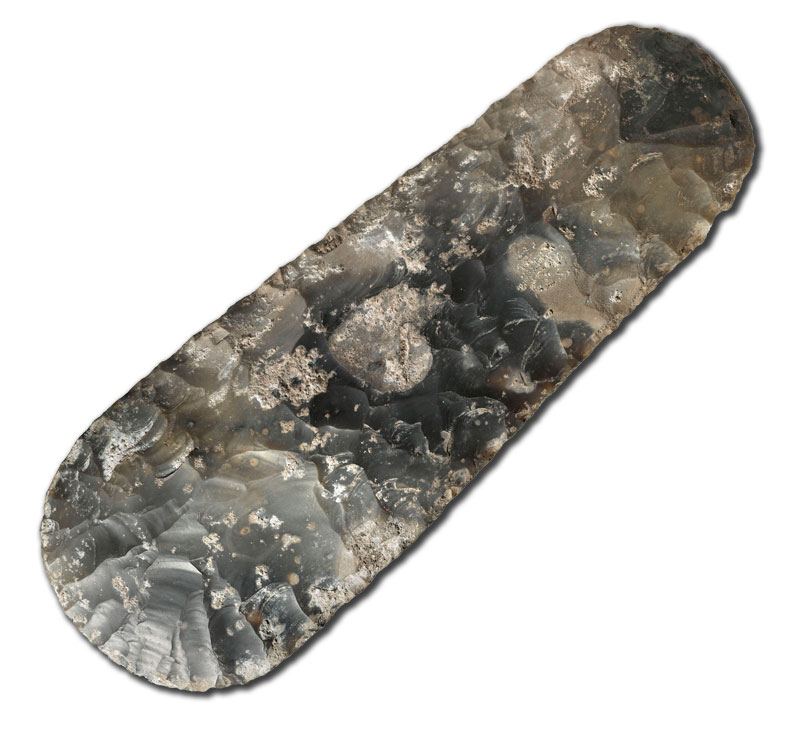 (Courtesy The Museum of London and Pre-Construct Archaeology)
(Courtesy The Museum of London and Pre-Construct Archaeology) -
London 2012 July/August 2012
Prehistoric Lives
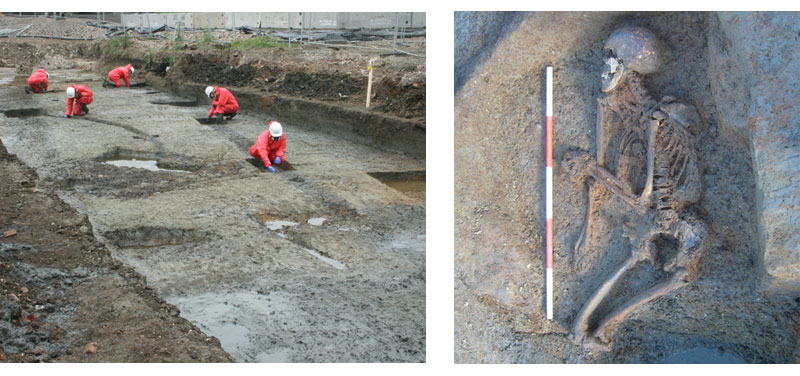 (Courtesy The Museum of London and Pre-Construct Archaeology)
(Courtesy The Museum of London and Pre-Construct Archaeology) -
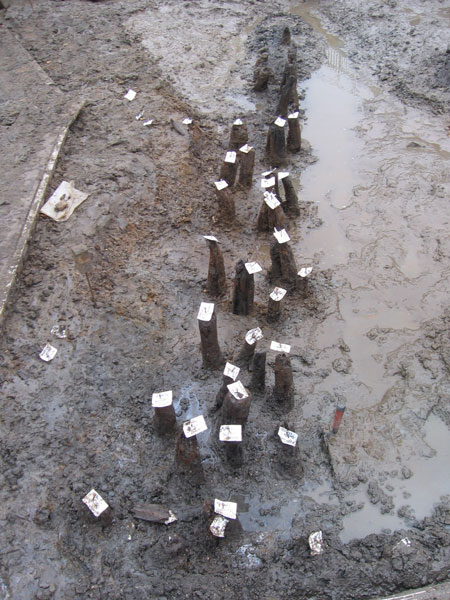 (Courtesy The Museum of London and Pre-Construct Archaeology)
(Courtesy The Museum of London and Pre-Construct Archaeology) -
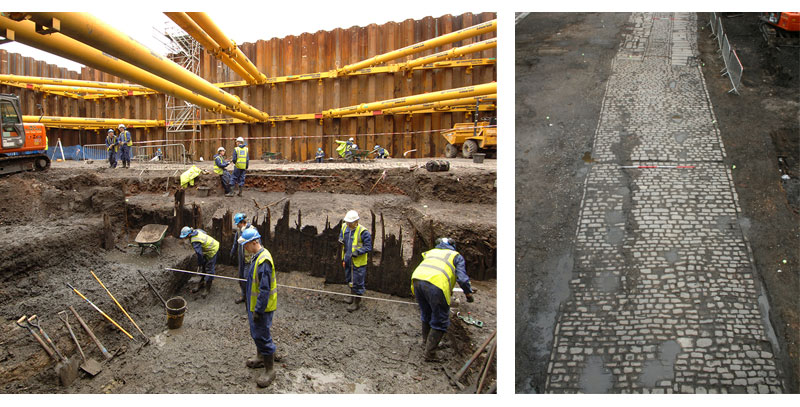 (Courtesy The Museum of London and Pre-Construct Archaeology)
(Courtesy The Museum of London and Pre-Construct Archaeology) -
London 2012 July/August 2012
A 19th-century Speed Boat
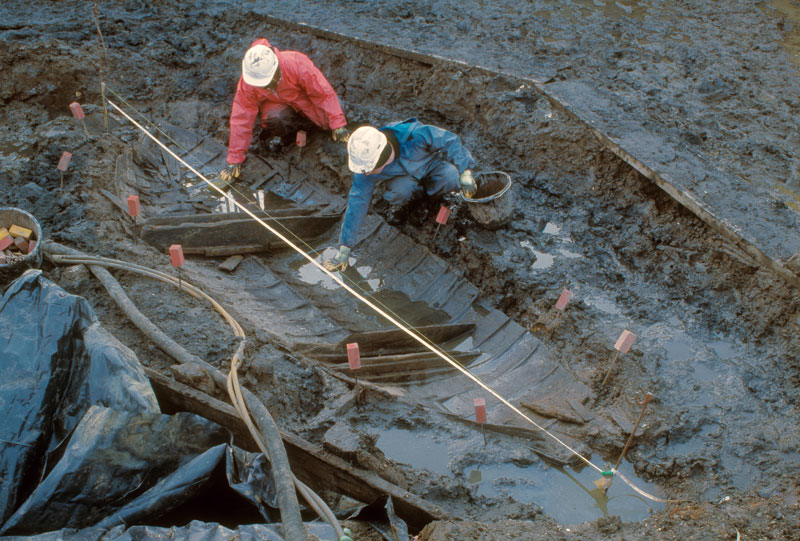 (Courtesy The Museum of London and Pre-Construct Archaeology)
(Courtesy The Museum of London and Pre-Construct Archaeology) -
 (Courtesy The Museum of London and Pre-Construct Archaeology)
(Courtesy The Museum of London and Pre-Construct Archaeology)


